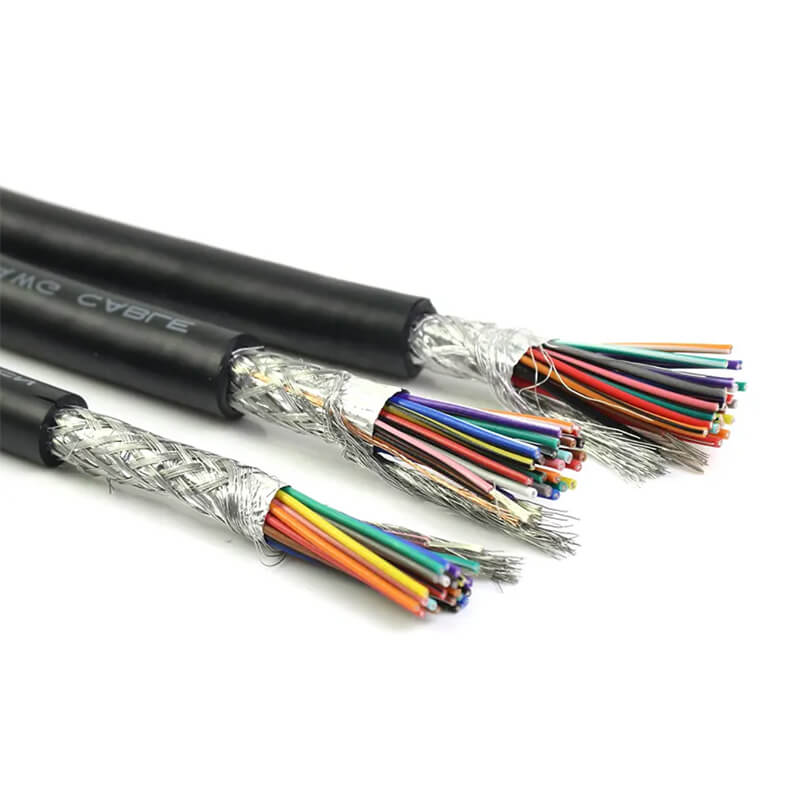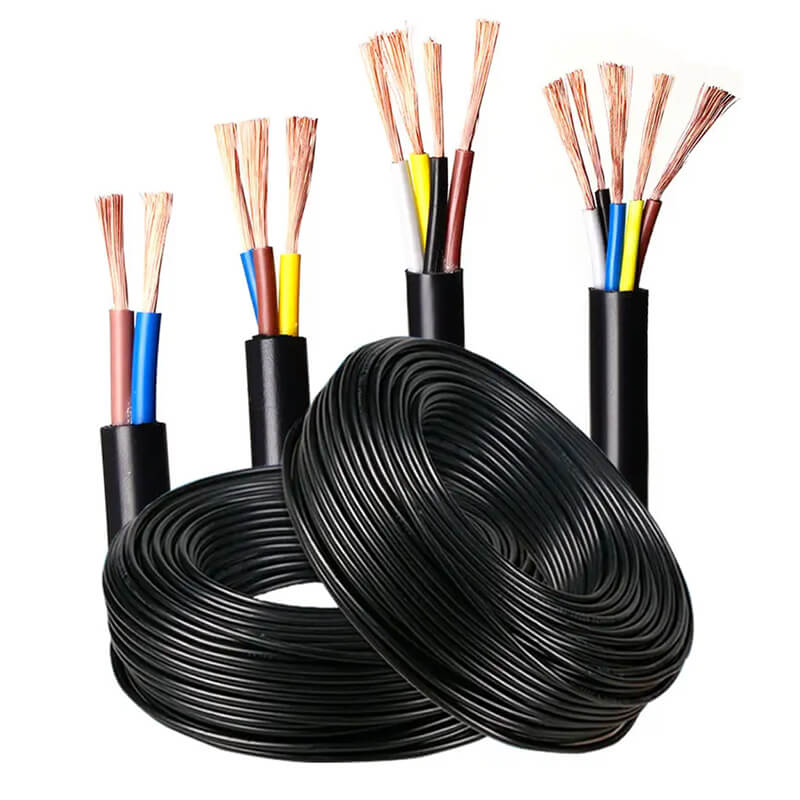 Multi Conductor Cable
Multi Conductor CableThe proTective sheath on a Multi Conductor Cable is important to protect the conductors from damage. The sheath must be able to withstand the environmental conditions that the cable will be exposed to. What's more,The insulation must be able to withstand the voltage and current that will be flowing through the conductors.


A multi-conductor cable is a type of cable that contains more than one conductor within a single cable jacket. Conductors are the metal wires that carry electrical signals or power. Multi-conductor cables are commonly used in various applications to transmit signals, power, or data. Here are some key points about multi-conductor cables:
Number of Conductors:
Multi-conductor cables can have a varying number of conductors, typically ranging from two to several dozen or more. The number of conductors depends on the specific application and the complexity of the electrical system.
Insulation:
Each conductor within a multi-conductor cable is individually insulated to prevent electrical interference or short circuits between conductors. The insulation material is chosen based on factors such as the voltage, environmental conditions, and the type of signals being transmitted.
Jacket:
The entire bundle of conductors is enclosed in an outer jacket, which provides protection from external elements, mechanical stress, and abrasion. The jacket material is selected to meet the environmental and mechanical requirements of the application.
Applications:
Multi-conductor cables find applications in various industries and settings, including:
Communication Systems: Used for transmitting signals in communication and networking applications.
Power Distribution: Used for carrying electrical power in industrial and commercial power distribution systems.
Control Systems: Employed in control and automation systems to connect sensors, actuators, and controllers.
Audio and Video Systems: Utilized in entertainment and audiovisual setups for carrying audio and video signals.
Instrumentation: Applied in scientific and industrial instrumentation for connecting sensors and measurement devices.
Twisted Pair Configurations:
In many multi-conductor cables, pairs of conductors are twisted together. This configuration helps minimize electromagnetic interference (EMI) and crosstalk between adjacent conductors, improving signal quality.
Shielding:
Some multi-conductor cables include a shielding layer to protect against electromagnetic interference. This is common in applications where signal integrity is crucial, such as in data transmission cables.
Color Coding:
Conductors in multi-conductor cables are often color-coded for easy identification. This aids in proper installation and maintenance.
Flexibility:
Depending on the application, multi-conductor cables can be designed to be flexible or rigid. Flexible cables are suitable for applications where frequent movement is expected.
Termination and Connectors:
Multi-conductor cables are terminated with connectors at the ends, facilitating easy connection to devices or other cables. The choice of connectors depends on the specific requirements of the application.
FAQ:
1.Audio: transmit audio signals, such as those from speakers or microphones.
2.Video: transmit video signals, such as those from TVs or cameras.
3.Networking: connect computers and other devices to a network.
4.Data transmission: transmit data between devices, such as computers and printers.
5.Control systems: transmit control signals between devices, such as robots and sensors.
1.Flexibility: easier to install and maneuver.
2.Durability: more durable and resistant to damage.
3.Versatility: Multi-conductor cables can be used in a variety of applications.
4.Efficiency: Multi-conductor cables can transmit signals more efficiently than single-conductor cables.
5.Safety: Multi-conductor cables are typically safer than single-conductor cables.
As normally speaking, Speaker cable, Ethernet cable, USB cable, Coaxial cable, Fiber optic cable, which is the most common example of multi-conductor cables.
If you are still not sure what type of cable you need, please provide more information about the application so that I can help you better.